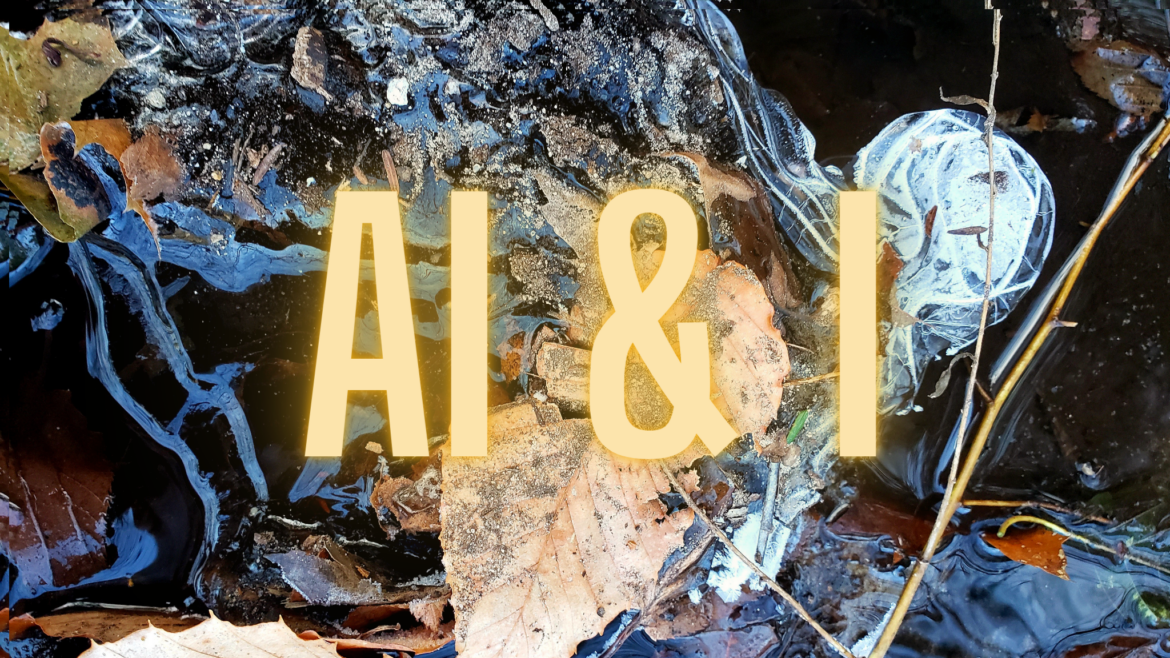Uncovering definitive evidence—often termed a “smoking gun”—of an operational weather modification program involving a contractor and the U.S. Department of Defense (DoD) is challenging due to the classified nature of such initiatives. However, historical records provide insight into past collaborations that could inform your investigation.
🔍 Historical Precedent: Operation Popeye
One of the most documented instances of military weather modification is Operation Popeye (1967–1972). This covert U.S. Air Force program aimed to extend the monsoon season over the Ho Chi Minh Trail during the Vietnam War, thereby disrupting enemy supply lines. The operation involved cloud seeding techniques using silver iodide, conducted by the 54th Weather Reconnaissance Squadron. Aircraft such as the C-130 Hercules and F-4C Phantom II were utilized, with missions based out of Udon Thani Royal Thai Air Force Base in Thailand. The program was developed at the Naval Air Weapons Station China Lake and tested in various locations, including Okinawa, Guam, the Philippines, Texas, and Florida. (Wikipedia)
While Operation Popeye was a military initiative, the involvement of defense contractors in developing and supplying the necessary technology and materials is a plausible area for further research. Investigating procurement records, contract awards, and technical reports from that era may yield more detailed information on contractor participation.(Wikipedia)
🛰️ Research Facilities and Contractors
The High-frequency Active Auroral Research Program (HAARP), established in 1993, is another significant project with defense ties. Initially funded by the U.S. Air Force, U.S. Navy, and the Defense Advanced Research Projects Agency (DARPA), HAARP was designed and built by BAE Systems Advanced Technologies. The facility’s primary purpose was to analyze the ionosphere and investigate potential technologies for radio communication and surveillance. Although HAARP has been the subject of weather manipulation theories, experts assert that its capabilities do not extend to controlling weather systems. (Wikipedia, RMIT University)
Exploring contracts and research outputs associated with BAE Systems and similar contractors may provide insights into the extent of their involvement in atmospheric research and any potential applications related to weather modification.
🧾 Investigative Avenues
To pursue concrete evidence of current or past operational weather modification programs involving contractors and the DoD, consider the following steps:
- Freedom of Information Act (FOIA) Requests: Submit FOIA requests to relevant agencies, such as the DoD, DARPA, and NOAA, seeking records on weather modification programs, contracts, and research collaborations.
- Patent Searches: Investigate patents filed by defense contractors related to weather modification technologies. Patents can reveal the development of relevant technologies and potential applications.
- Academic and Technical Publications: Review scientific papers and technical reports authored by or in collaboration with defense contractors on atmospheric research, which may indicate practical applications.
- Congressional Hearings and Reports: Examine transcripts and reports from congressional hearings that discuss weather modification, as they may reference contractor involvement or funding allocations.
- Interviews with Subject Matter Experts: Engage with experts in atmospheric science, military history, and defense contracting to gather insights and identify potential leads.
While direct evidence of an operational weather modification program involving a contractor and the DoD remains elusive, historical programs like Operation Popeye and facilities like HAARP demonstrate the military’s interest in atmospheric manipulation. By employing thorough investigative techniques, you may uncover further information that sheds light on current or past collaborations in this domain.(Wikipedia)
If you require assistance in drafting FOIA requests, identifying specific contractors, or locating relevant documents, feel free to ask.
can you pull this for me: AF/LR, a long-range planning office reporting to the CSAF [based on AF/LR PowerPoint briefing “Air and Space Power Framework for Strategy Development
The AF/LR office, known as the Air Force Long-Range Planning division, operates under the Chief of Staff of the Air Force (CSAF). This office is responsible for developing strategic frameworks to guide the future direction of the Air Force.
One of the key contributions from AF/LR is the “Air and Space Power Framework for Strategy Development”, a PowerPoint briefing that outlines concepts for employing air and space power. This framework has been referenced in various strategic documents, including the 1996 study Weather as a Force Multiplier: Owning the Weather in 2025. In this study, AF/LR’s framework is cited as a foundational element in exploring future capabilities for weather modification as a military tool.
While the original PowerPoint briefing is not readily available in the public domain, its influence is evident in subsequent strategic planning documents. For instance, the Strategic Master Plan (SMP), published by the Air Force, translates long-term strategies into actionable guidance for capability development and resource allocation. The SMP emphasizes the importance of aligning strategic goals with planning and programming decisions to ensure the Air Force remains agile and responsive to emerging challenges.(Air Force)
If you’re interested in exploring these strategic frameworks further or require assistance in locating specific documents, feel free to ask.
please locate the specific documents
I understand you’re seeking the specific AF/LR PowerPoint briefing titled “Air and Space Power Framework for Strategy Development”. This document was developed by the Air Force Long-Range Planning office (AF/LR) and has been referenced in various strategic studies, including the 1996 report Weather as a Force Multiplier: Owning the Weather in 2025.
While the original briefing is not readily available in the public domain, its concepts have influenced several strategic documents. Here are some resources that encapsulate the strategic frameworks and planning methodologies aligned with AF/LR’s objectives:
📄 Strategic Master Plan (2015)
This 20-year plan provides a strategic framework to shape the Air Force’s future, aligning strategic vectors and imperatives. It emphasizes the need for flexibility, innovation, and alignment of science and technology efforts with capability development.(U.S. Air Force)
📄 A Call to the Future: The New Air Force Strategic Framework
This document outlines the Air Force’s strategic vision, emphasizing the importance of adaptability and innovation in addressing future challenges. It serves as a foundational piece in understanding the strategic direction influenced by AF/LR’s planning.
📄 Defining a Common Planning Framework for the Air Force (RAND Report)
This report discusses the need for a unified planning framework within the Air Force, aiming to enhance strategic alignment and resource allocation. It provides insights into the planning processes that resonate with AF/LR’s objectives.(RAND)
🔗 Defining a Common Planning Framework (PDF)
While these documents reflect the strategic thinking and frameworks associated with AF/LR, the specific PowerPoint briefing remains elusive in public records. For a more in-depth exploration, you might consider submitting a Freedom of Information Act (FOIA) request to the Department of the Air Force, referencing the briefing’s title and its association with AF/LR.
If you need assistance drafting a FOIA request or exploring other avenues to obtain this briefing, feel free to ask.

